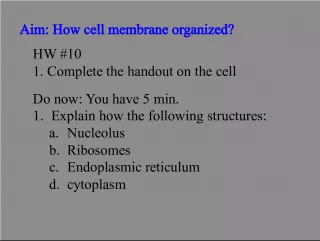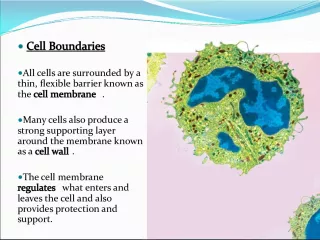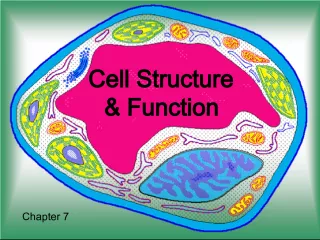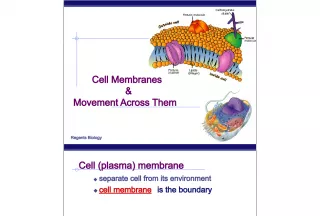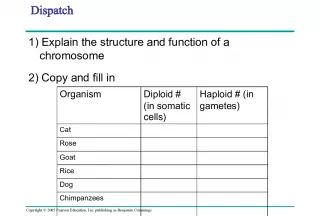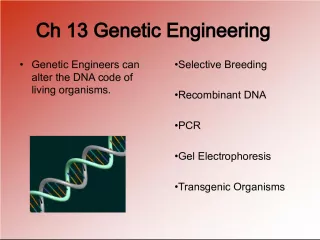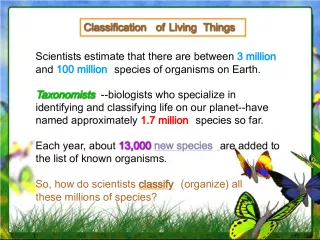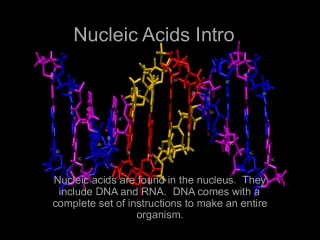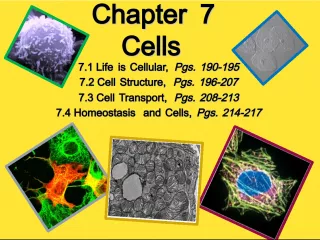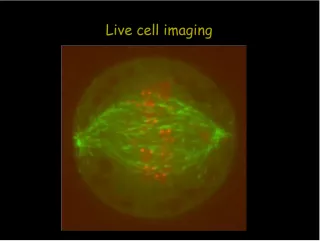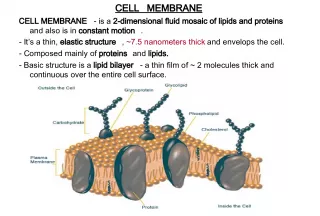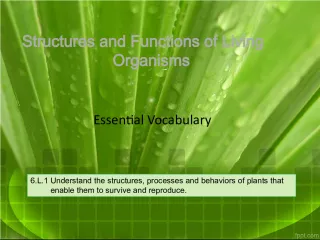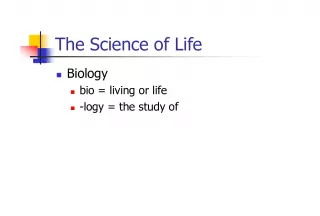Understanding Cell Organization in Living Organisms


This article explores the different types of cells and their organization in living organisms, including the differences between prokaryotic and eukaryotic cells, and the importance of cellular specialization in multicellular organisms.
- Uploaded on | 3 Views
-
 idaliabraun
idaliabraun
About Understanding Cell Organization in Living Organisms
PowerPoint presentation about 'Understanding Cell Organization in Living Organisms'. This presentation describes the topic on This article explores the different types of cells and their organization in living organisms, including the differences between prokaryotic and eukaryotic cells, and the importance of cellular specialization in multicellular organisms.. The key topics included in this slideshow are cell type, prokaryote, eukaryote, specialization, multicellular organism,. Download this presentation absolutely free.
Presentation Transcript
1. Cell Organization Chapter 1 Section 3
2. Cell Organization All organisms can be classified by their cell type. Archaea and Bacteria Most unicellular organisms are classified here Prokaryote (no nucleus, ribosomes in cytoplasm but not other organelles, tough cell wall) Eukarya Plant cells and animal cells are two main types Eukaryotes (have a nucleus, many specilized organelles, complex in structrue)
3. Cell Organization Cells in multicellular organisms are specialized Specialization : of cells means that specific cells perform specific functions. This is why a single cell from a multicellular organism can not survive on its own
4. Cell Organization A multicellular organism is community of cells working together. The amount of specilized cells depends on the complexity of the organism. Groups of specilized cells are called tissues Groups of tissues are called organs Groups of organs are called organ systems

